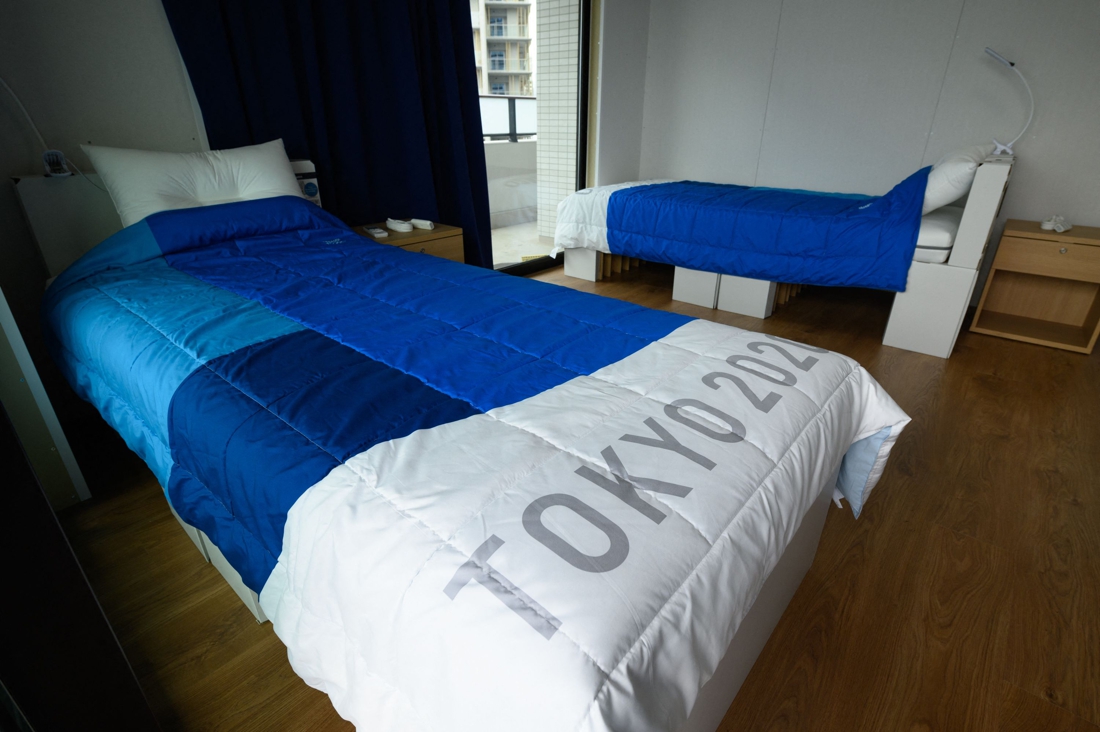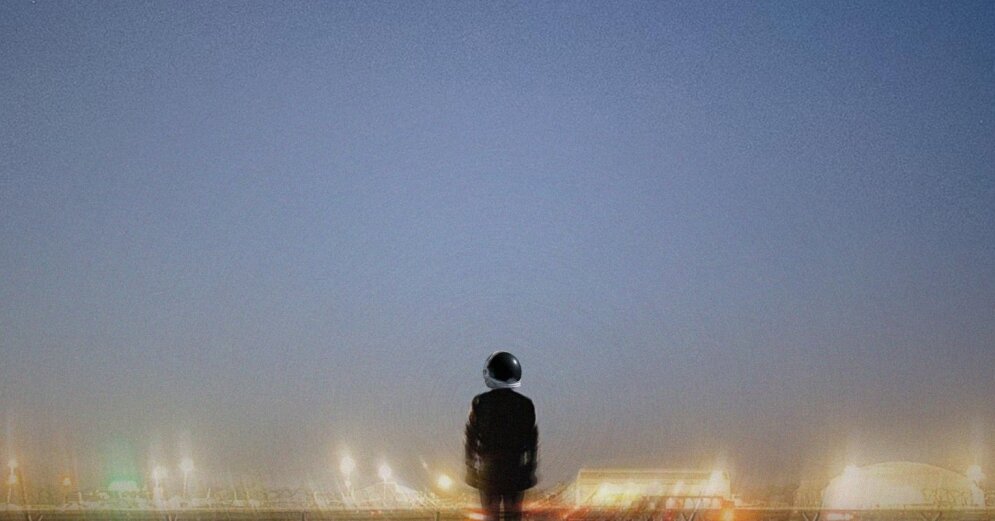The first athletes to arrive in Tokyo posted surprising photos of their temporary sleeping place: a cardboard bed. It sounded completely recyclable to the Japanese. Or to prevent the athletes from having too much ‘close contact’, it sounded on social media.
–
Those first photos didn’t inspire much confidence. The beds in the Olympic athletes’ village turned out to be made entirely of cardboard. The Japanese company Airweave produces the ‘fully recyclable beds’. The Japanese government was proud that it is a first that the beds at the Olympic Games are fully recyclable.
Paul Chelimo, an American long-distance runner, had another idea, which was quickly picked up on social media: the beds were anti-sex beds, intended to ensure – in times of corona – that the athletes no longer have ‘close contact’. than necessary. It was quickly suggested that if you made too much of a movement, you would fall through the bed.
• Belgians arrived in Tokyo: ‘Japanese consider us invaders’
That theory has since been debunked by Irish gymnast Rhys McClenaghan. In a video he posted on his Twitter account, he jumps on the bed with the necessary vigor, which miraculously does not flinch.
The official Olympic Games Twitter account reposted McClenaghan’s video, captioning it: “Thank you for debunking this myth.” The organization plans to reuse the 18,000 beds at the Paralympic Games and then recycle them into paper products.
Meanwhile, manufacturer Airweave said that the cardboard beds would be ‘sturdier’ than their wooden or metal variants.
– .


